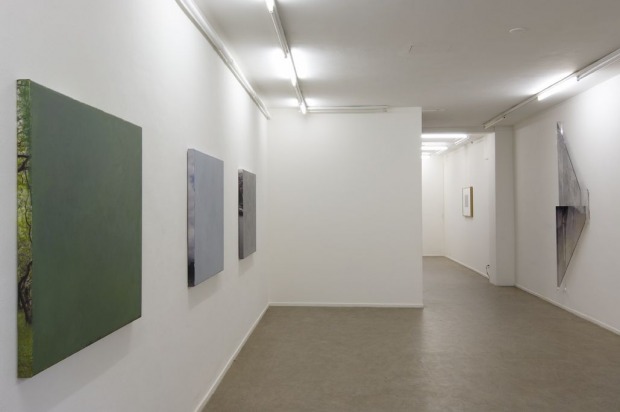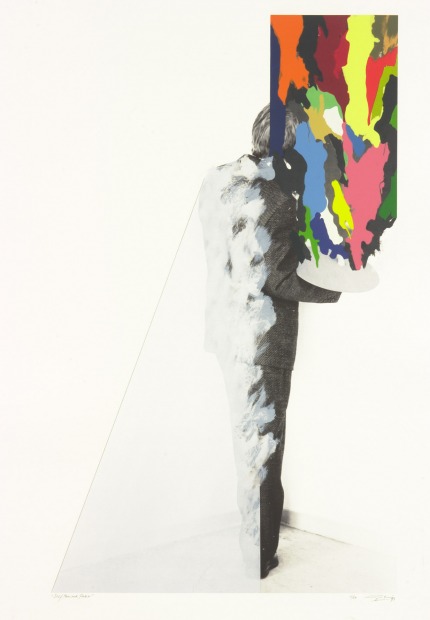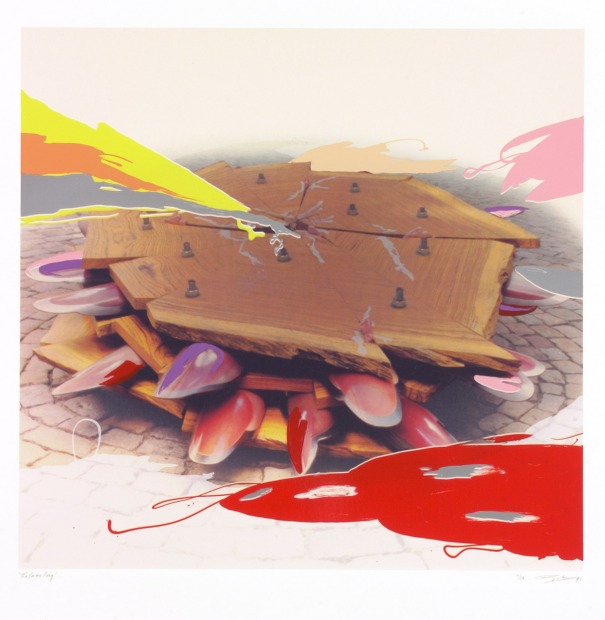 eyckgalleryartistsexhibitionsnewspublications
eyckgalleryartistsexhibitionsnewspublications
The exhibition Selection of works since 1966, was on show in galerie de Expeditie in 2009. This exhibition showed several early conceptual works that had never been shown since. Also some new Conclusion paintings.
The choice of the works was related to the monography about van Elk which was just published and initiated by Zsa-Zsa Eyck.
authors: Ron Kaal, Anne Rorimer, Carel Blotkamp, Jacinto Lageira, Elsje Drewes (biography).
editing and research: Marente Bloemheuvel, Zsa-Zsa Eyck.
design: Irma Boom, published by Thieme Art.
The exhibition Momenten van Luciditeit/Moments of Lucidity, was on show in galerie de Expeditie in 2007.
The artist Ger van Elk (1941- 2014), founder of Dutch conceptual art, presented seven new landscapes that all offer a ‘moment of lucidity' each in their own way. Van Elk manipulated the perception of the viewer by his use of light and image. The visitor of the exhibition was repeatedly confronted with a seemingly realistic landscape. All appear as a photographical image, and then, by a proces of painting, are pulled to a level of abstraction.
Two flatscreens showed two paintings by impressionist Henri Cross. The first of these landscapes evolves to an abstract level. The touches of the brush slowly transform into white birds that fly away. After the birds filled the whole screen, the picture returns to its orginals state and the proces starts all over again. Van Elk seems to create a double distance to reality. We look at the moving painting that is a depiction of real world, namely the painting of Henri Cross.
In the second landcsape, the pixels of the screen spring, as if the picture tries to focus itself to a sharper image. Shape and clear, these words don't necessarily belong together. The artist plays with this paradox.
Two ‘transparent' landscapes are actually composed of fragments of Dutch paintings from the 17th and 19th century in the, respectively, upper and lower half of the work. So, to begin with, there's the painting. The viewer is confronted with pictures of the paintings, which, in ttheir turn, are painted upon. The wind mills and the ships are upside down. That fact supports an idea of realism from the observer's point of view. It could be, a reflection of the mills and ships in the water surface. This form of optical manipulation is typical for Van Elk's art.
The landscape is vertical (it's, as it were, stuck between ceiling and floor). This results in a twist in perspective, because the orginal, horizontal image is compressed. The impossible perspective is also a result of the trapezoid shape of the piece. It becomes wide from top to base. At first site, the work seems to give way into the wall. Upon closer inspection the effect is counterbalanced by the Plexiglas plates that are titled in opposite directions.
The last works at show at the exhibition are three apparent monochrome paintings. On the sides of each painting, the viewer is able to see a glimpse of the photographical picture of a landscapes. Based on the main colors of that picture, the paint is - layer after layer- introduced on the front of the canvas.
The title of the three paintings, ‘conclusie I, II en III,' suggests an ending. A reference perhaps to adieu an earlier work of the artist. If you take a second look at the paintings, a cloudy pattern will emerge from the surface of the canvas. We are not able to see the original landscape through the paint, rather the paint has a landscape-like quality of its own.
 eyck
eyck







